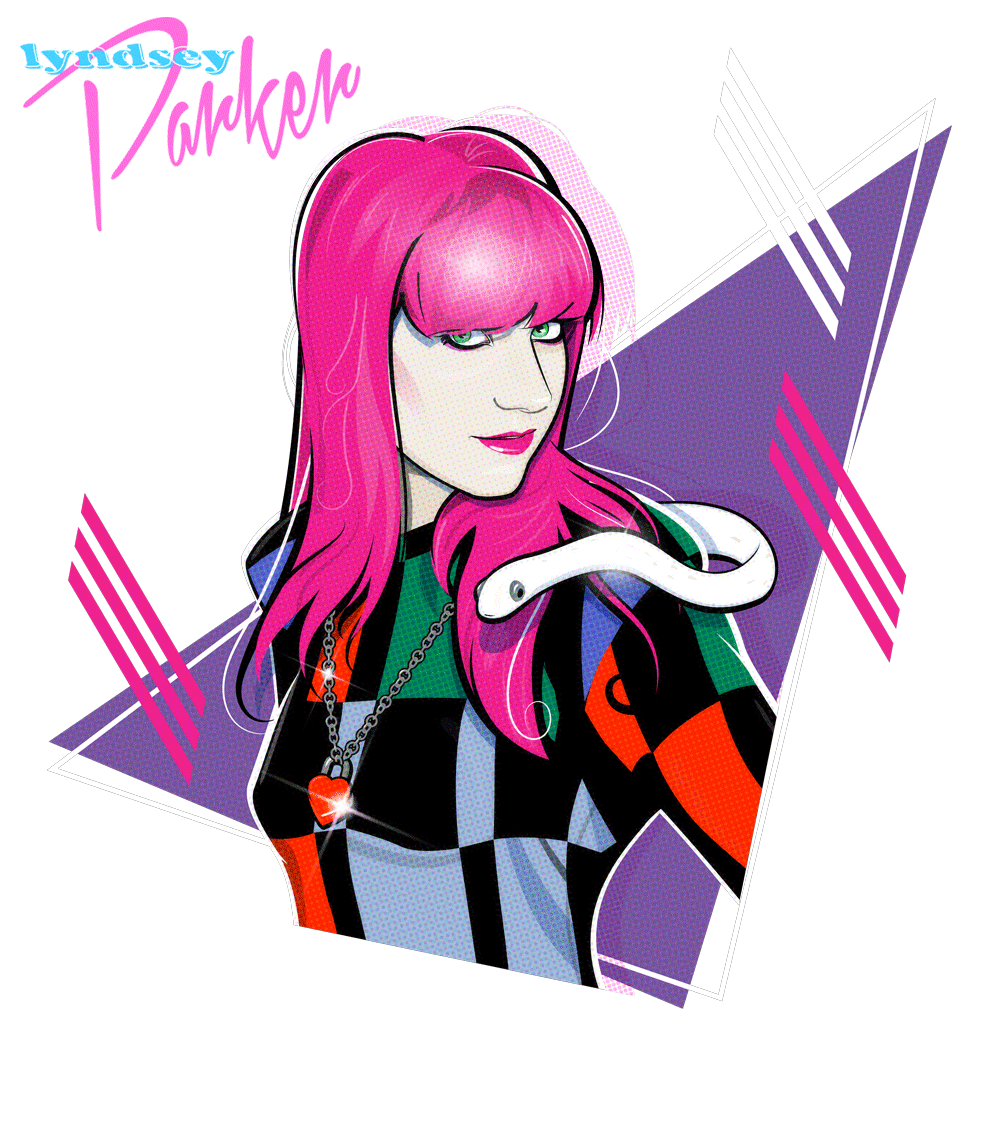A little over 40 years ago, on Def Leppard’s iconic album Pyromania, frontman Joe Elliott had something to say: “It’s better to burn out than fade away.” But Lep, despite facing career obstacles and challenges over the decades that would have felled lesser bands, have done neither.
In an age when even A-list acts like Bad Bunny, Jennifer Lopez, and the Black Keys are struggling to fill big venues, Def Leppard still consistently draw multi-generational crowds. This week, they head out on the Summer Stadium Tour with co-headliners Journey and rotating special guests Cheap Trick, the Steve Miller Band, and Heart, and it’s one of the season’s hottest tickets.
“We don’t stop,” Elliott matter-of-factly says of Lep’s tenacity, sitting with bandmates Vivian Campbell, Rick Savage, Phil Collen, and Rick Allen in Los Angeles’s SiriusXM Garage ahead of a private, fans-only showcase previewing the tour. “We’re always putting new products” — like last year’s orchestral record, Drastic Symphonies, and 2022’s glammy Diamond Star Halos — “and lot of [other] bands, they kind of rest on their laurels. We are always creating new stuff, and this tour is going to look different and sound very different to anything we’ve done before. We keep raising the bar. And it looks like some people are paying attention, because every time we go out there, they go, ‘It was better than you ever were before!’ So, you keep that momentum going.”
This summer’s Def Lep tour is a celebration of the 40th anniversary of Pyromania (“with a slight pandemic delay,” Elliott chucklingly clarifies), the record that made the band MTV superstars thanks to the heavy rotation of the David Mallet-directed video for “Photograph,” one of the greatest pop-rock anthems of all time. Leppard arguably paved the way for the mid/late-’80s MTV explosion of pop-metal groups like Poison, Guns N’ Roses, and Skid Row, as one of the first young, rising hard rock bands to embrace MTV.
“Or, it embraced us, one of the two. We were really lucky. When MTV started, it was my [22nd] birthday — August the 1st, 1981 — and the first video that they’d played, ironically, was [the Buggles’] ‘Video Killed the Radio Star.’ They didn’t have many videos,” says Elliott, recalling that at the time, most of the British bands on the still-fledging cable network were new wave artists. The same year that MTV launched, Lep released their third album. High ‘n’ Dry, and received decent airplay for their low-budget, performance-format video “Bringin’ On the Heartbreak.” They were already working on Pyromania in the U.K. when they started “getting reports back from America that this album called High ‘n’ Dry, which had stalled at a quarter-million sales, had gone gold while we were in the studio making the follow-up. There’s a momentum there, that we can build on.”
Def Lep’s MTV ascent coincided with two other band members’ birthdays, when on Dec. 2 and 8, 1982 — the days that Savage and Collen respectively turned 22 and 25 — the band convened with Mallet to shoot “Photograph” and “Rock of Ages.” The former video, which marked Collen’s onscreen debut with the group, was shot at London’s Battersea Power Station — the building featured on the cover of Pink Floyd’s Animals album — and Elliott credits Mallet, known for directing influential early videos for Lep’s heroes, David Bowie and Queen, for their MTV breakthrough.
“We just stood there miming the song in the freezing cold in his warehouse … [Mallet was] like, ‘OK, darlings, we’re going to get all these girls and put them in these cages! And you guys are going to play on this grid and these lights are going to come through and it’s going to be amazing!’ And we would just throw shapes: ‘Just look like you mean it,’” Elliott laughs. “But [“Photograph”] was really well-lit, and it was when it was finished, he over bled the colors, so it was vivid. Everything was massively vivid. If you’ve seen the Bowie [documentary] Moonage Daydream, they bled all the colors together so it looked like the ‘70s. That’s what this video was, but it was an ‘80s version, I suppose.”
Many older, established rockers were still dismissing MTV as a passing fad at the time. “They would make these videos reluctantly, and we would be looking at them going, ‘They didn’t want to make that video, did they?’ They looked really uncomfortable. … You can tell when you actually see it back; it looks bit sad,” Elliot chuckles, citing ZZ Top as one of the few bands “from the generation before” that had fun with the burgeoning music-video medium. “But we were young enough to embrace all this new technology of the video era. It was all exciting for us. … We were new to this and we were younger, only on our third record — which hadn’t even come out.”
Pyromania did come out the following month, and as Elliott and millions of Gen X Lep fans fondly remember, “When that [“Photograph” video] hit MTV in January [1983], it just went mental. It just blew up, big-time. We were rehearsing for the British tour and we were getting messages, like slow-mo messages from telexes and phone calls, saying that it was getting a lot of traction on radio. By the time we got to the States… it was already a hit. It was getting played everywhere.”
And so, Def Leppard became high-rotation MTV darlings alongside the likes of new wavers like Duran Duran. But — much like Duran Duran — Lep didn’t always garner respect, specifically because they had a large (and loyal to this day) female fanbase. There’s an inherent misogyny to that, but Elliott, who recalls being bullied at school as a kid for liking effeminate glam-rock bands, shruggingly muses: “It was the same with the ‘70s. We would never on our playgrounds at school admit to liking David Essex or David Cassidy or the [Bay City] Rollers, even if you liked one of their songs. I bought ‘Crazy Horses’ by the Osmonds in a brown paper bag!
“It was more of a man’s world, wasn’t it? It’s like the reason the Runaways never became massive, or Fanny never became massive. All-girl bands were a ‘novelty.’ But in fairness, the Rolling Stones had a pretty big female following. And so did the Beatles.”
However, Def Lep ultimately crossed gender, generational, and genre lines with Pyromania. And they’re excited to entertain audiences of all demographics with deep cuts, like “Rock! Rock! (Till You Drop),” “Too Late for Love,” “Die Hard the Hunter,” “Billy’s Got a Gun,” and “Comin’ Under Fire,” on tour this summer.
“These songs have been in our orbit permanently. It’s not an album that came out and disappeared, or meant something to a few people like, say, On Through the Night or maybe even High ‘n’ Dry. It’s an album that we are regularly reminded is the album that got kids into rock music, because it crossed over,” notes Elliott. “It wasn’t full metal. It wasn’t total pop. It was somewhere right in the middle, and so it brought in a lot of people. The rockers that didn’t care that it was a bit pop, and the pop people didn’t mind that it was a bit heavier. I think that’s an important part of the album.”
And of course, Def Leppard were vindicated when — like the above-mentioned Duran Duran — they finally got into the Rock & Roll Hall of Fame, crushing the fan vote, in 2019. Elliott is still on a mission to get his glam-rock idol who performed with Lep at that year’s induction ceremony, Mott the Hoople’s Ian Hunter, in the Hall. But in the meantime, his band’s Summer Stadium Tour’s setlist will feature a new single that pays tribute to Lep’s glam roots, “Just Like ’73.” Like the majority of Lep’s catalog, especially Pyromania, the new song is nostalgic but timeless.
“It’s how [Pyromania] sounds — it still sounds pretty good to me, all these years later,” Savage says of their landmark LP’s staying power. “When you hear it on the radio, or whatever medium you listen to it on, there’s not a lot where you’d go, ‘Oh, I would have changed that’ or ‘I wish we hadn’t have done that.’ It still sounds really good.”







